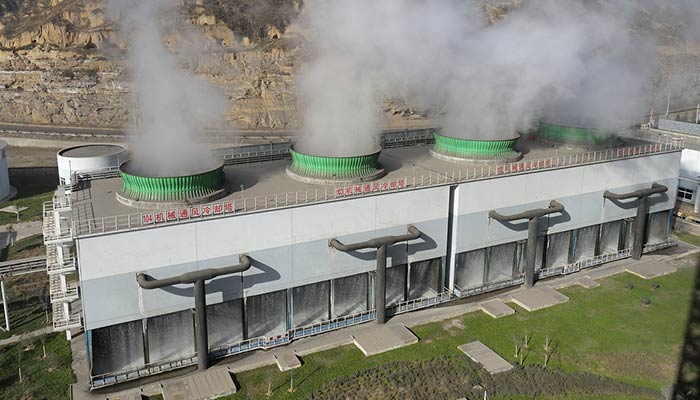Natural gas, as it is used by consumers, is much different from the natural gas that is brought from underground up to the wellhead. Although the processing of natural gas is in many respects may be less complicated than the processing and refining of crude oil, it is equally as necessary before its use by end users.
The natural gas that is used in people’s homes is composed almost entirely of methane (CH4). However, natural gas found at the wellhead, although still composed primarily of methane, is by no means as pure. In Asia and Middle East, Liquified petroleum gas, commonly known as “LPG” is primarily used for cooking purposes for residential areas.
Most common hydrocarbon resources traditionally come from oil and gas wells through conventional reservoirs of small to large size, which is relatively easy for exploration and production. As these conventional resources are on the verge of depletion, more unconventional sources like Shale gas, Tight sand gas, coal bed methane are on the horizon for the production of natural gas. These resources are in large volume, but with lower quality and yield, and therefore require extensive processing, which increases the overall capital and operating cost to process these resources.
More and more unconventional resources, like gas hydrates, oil shales etc., are expected as some of the natural gas resources for the future.
Raw natural gas comes from three types of wells: oil wells, gas wells, and condensate wells.
Natural gas that comes from oil wells is typically termed 'associated gas'. This gas can exist separate from oil in the formation (free gas), or dissolved in the crude oil (dissolved gas).
Natural gas from gas and condensate wells, in which there is little or no crude oil, is termed 'non associated gas'. Gas wells typically produce raw natural gas by itself, while condensate wells produce free natural gas along with a semi-liquid hydrocarbon condensate. Whatever the source of the natural gas, once separated from crude oil (if present) it commonly exists in mixtures with other hydrocarbons; principally ethane, propane, butane, pentanes and heavier hydrocarbons. In addition, raw natural gas can contain water vapor, hydrogen sulfide (H2S), carbon dioxide (CO2), helium, nitrogen, and other compounds.
 Gas Processing & Treatment
Gas Processing & Treatment
